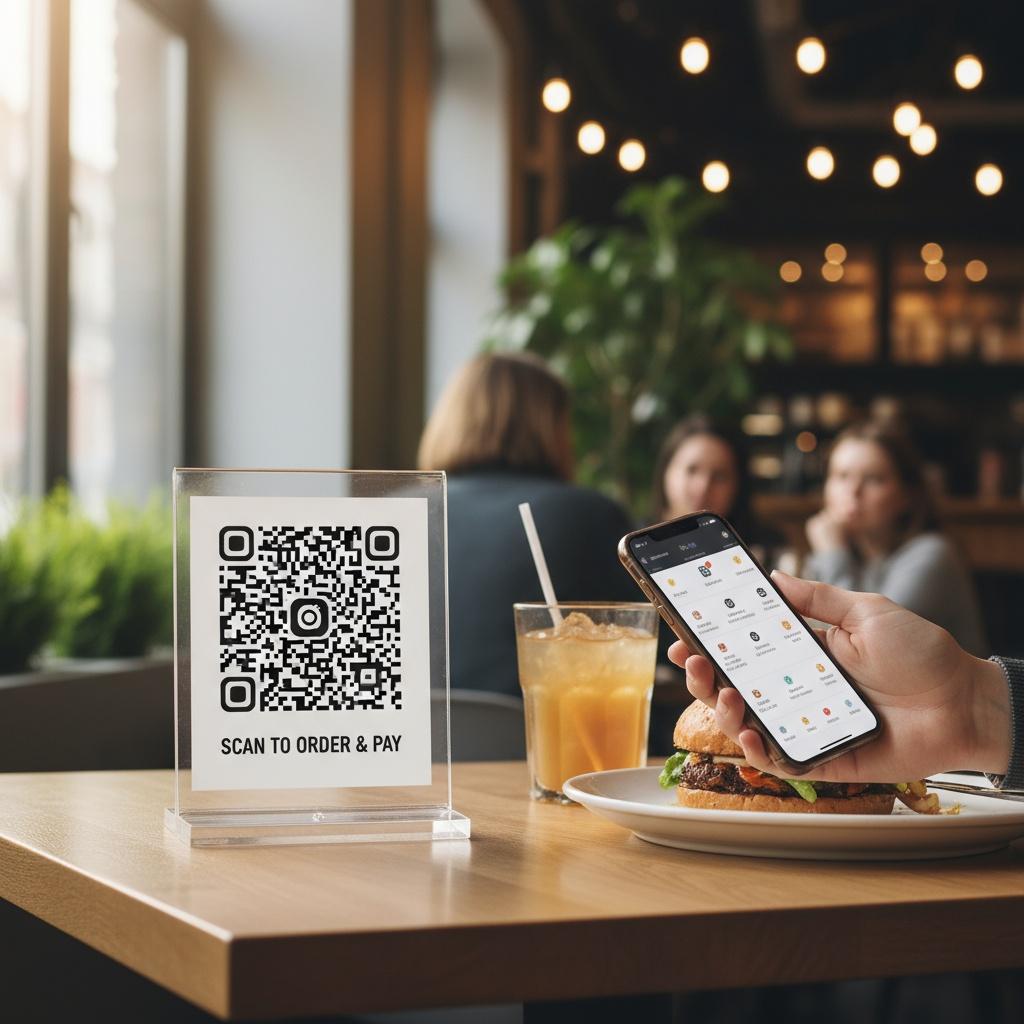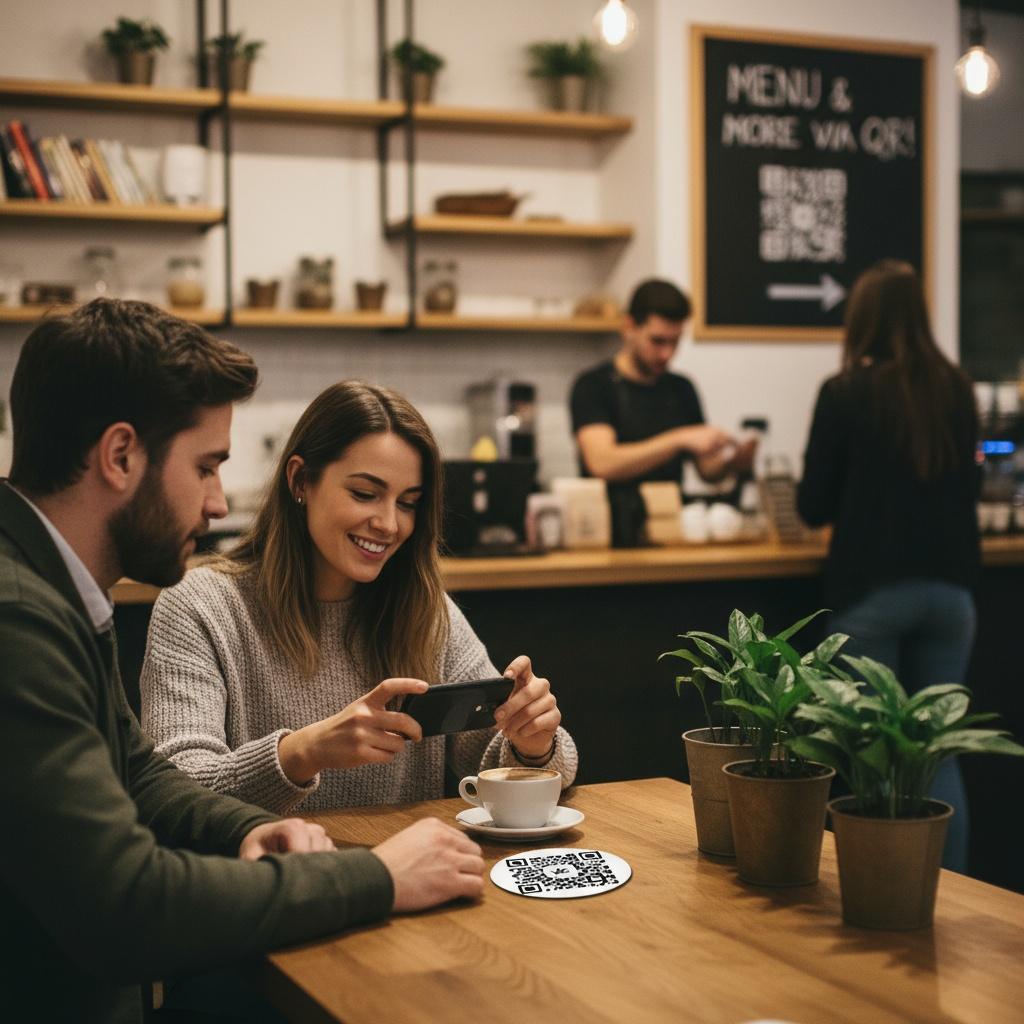

QR codes in business have moved from novelty to necessity, especially for cafés that trade on speed, convenience, and friendly service. When thoughtfully implemented, QR codes act as digital transformation tools that streamline ordering and payment, reduce wait times, and let baristas focus on hospitality rather than queue management—delivering a smoother experience without sacrificing the human touch.
Beyond convenience, QR workflows unlock modern marketing strategies: dynamic menus that highlight seasonal items, real-time availability updates, and first-party data that powers relevant offers and loyalty. This blend of operational efficiency and personalized engagement helps cafés increase table turns, reduce order errors, and build long-term guest relationships—key outcomes in today’s competitive coffee and casual dining landscape.
Customers scanning a QR at the table or door can quickly explore menus, filter for dietary needs, and see timely specials—all without waiting in line. Industry research from the National Restaurant Association indicates strong customer openness to QR-based menus and payments, with a growing expectation for flexible, tech-enabled experiences; see the Restaurant Technology Landscape Report 2024 for context and benchmarks: National Restaurant Association’s Restaurant Technology Landscape Report 2024 (PDF).
QR-enabled checkout eliminates the time-consuming handoff at the counter, helping guests split bills, tip transparently, and leave when they’re ready—while staff stay focused on beverage quality and speed of service. For additional insight into why customers increasingly prefer tech-enabled ordering and payment, explore the National Restaurant Association’s analysis: Automated meal ordering and payment as a customer draw.
Digitized interactions give operators real-time data on dwell times, item popularity, and traffic patterns, informing smarter staffing and inventory calls. When paired with thoughtful service design, these insights help teams deliver “high-tech, high-touch” hospitality—see the National Restaurant Association’s guidance on tech that enhances guest delight: Restaurant tech that delights your customers.
Great QR journeys respect choice and context. Clear signage, short URLs as a fallback, and printed menus for those who prefer analog keep the experience inclusive. Page load speed, accessible typography, and straightforward navigation reduce friction. And because cafés often serve repeat local guests, it pays to make loyalty enrollment optional, rewards transparent, and reordering a one-tap experience across visits.
Beware common pitfalls: burying your brand inside generic menu portals, forcing sign-ups before viewing prices, or overusing pop-ups that slow ordering. Poor design can erode trust and sales; for a balanced view of potential drawbacks and how to avoid them, see QSR Magazine’s cautionary perspective: why some QR code menus might be losing restaurants money.
The takeaway: QR codes are most powerful when they serve the guest first and the operation second. Start with a simple, speedy experience—scan, browse, order, pay—then layer in modern marketing strategies like personalized recommendations and loyalty. In doing so, cafés turn QR codes from a pandemic-era patch into enduring digital transformation tools that elevate service, grow revenue, and keep local regulars coming back.